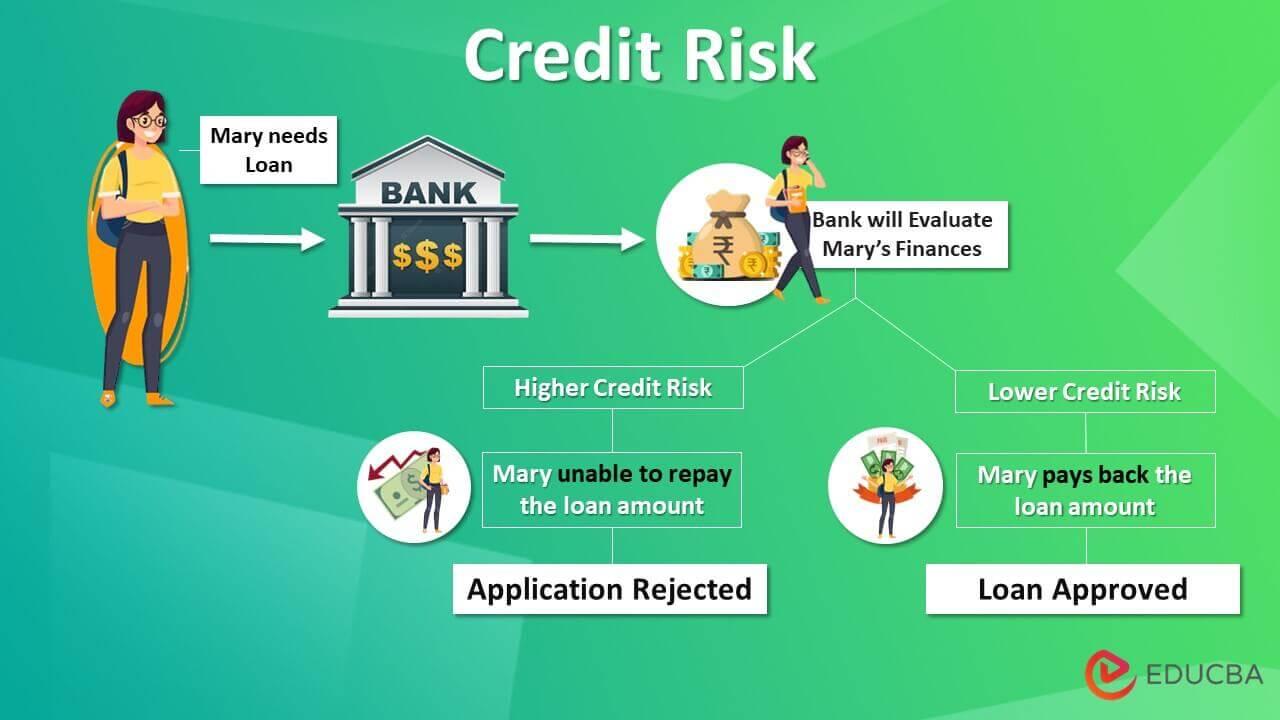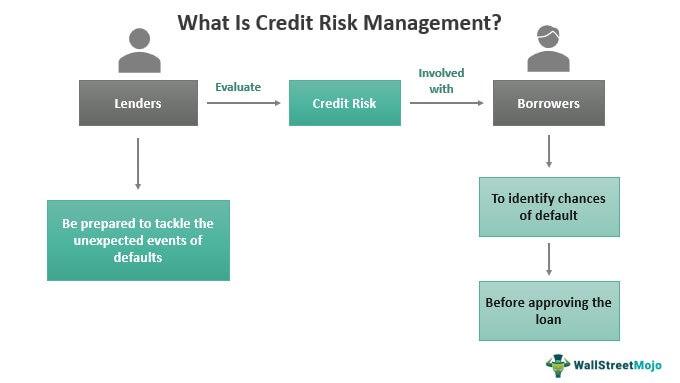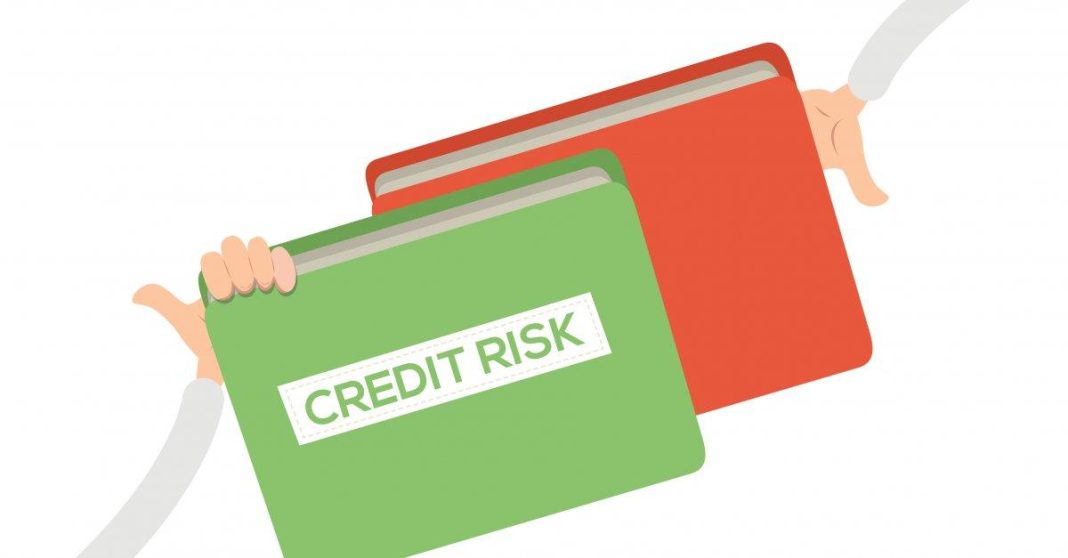In the intricate tapestry of modern finance, credit risk management stands as a pivotal thread, weaving stability and foresight into the fabric of economic success. As businesses and financial institutions navigate the unpredictable seas of global markets, the ability to adeptly manage credit risk has emerged as both an art and a science. This article delves into the top strategies for managing credit risk, offering a compass to those who seek to safeguard their financial ventures against the unforeseen squalls of default and insolvency. With an authoritative lens, we explore the innovative tools and time-tested practices that empower decision-makers to not only anticipate potential pitfalls but also to transform challenges into opportunities for growth and resilience. Join us as we unravel the complexities of credit risk management, equipping you with the knowledge to steer your financial ship with confidence and precision.
Understanding the Landscape of Credit Risk Management
In the ever-evolving financial ecosystem, the ability to effectively manage credit risk is crucial for maintaining a robust financial portfolio. Credit risk management involves identifying, assessing, and mitigating the risk of loss due to a borrower’s failure to make payments on any type of debt. This complex landscape requires a nuanced understanding of both macroeconomic indicators and individual borrower behaviors. Financial institutions must employ a combination of quantitative models and qualitative insights to anticipate potential defaults and adjust their strategies accordingly.
- Data Analytics and AI: Leveraging advanced data analytics and artificial intelligence can enhance predictive accuracy, allowing for more informed decision-making.
- Portfolio Diversification: Spreading investments across various sectors and geographies can minimize exposure to specific market downturns.
- Regular Stress Testing: Conducting stress tests under various economic scenarios helps institutions prepare for adverse conditions.
- Strong Governance Framework: Establishing a robust governance structure ensures accountability and transparency in risk management practices.
By integrating these strategies, financial entities can navigate the complexities of credit risk with greater confidence, safeguarding their assets while fostering sustainable growth.
Harnessing Data Analytics for Predictive Risk Assessment
In the realm of credit risk management, the utilization of data analytics for predictive risk assessment is nothing short of transformative. By leveraging vast amounts of data, financial institutions can anticipate potential risks and make informed decisions with greater precision. This proactive approach not only mitigates risk but also enhances the overall stability of financial systems. Here are some key strategies to consider:
- Data Integration: Seamlessly integrate data from various sources to create a comprehensive view of potential risk factors. This holistic perspective enables more accurate predictions and better risk management.
- Advanced Modeling Techniques: Employ machine learning algorithms and statistical models to identify patterns and predict future risk scenarios. These sophisticated tools provide insights that are often missed by traditional methods.
- Real-Time Monitoring: Implement systems that offer real-time data analysis to detect emerging risks promptly. This allows for swift action and minimizes potential losses.
- Scenario Analysis: Use predictive analytics to simulate different scenarios and assess their impact on credit risk. This foresight aids in strategic planning and decision-making.
By adopting these strategies, organizations can not only manage credit risk more effectively but also gain a competitive edge in the financial landscape.
Building Robust Credit Policies and Procedures
Establishing robust credit policies and procedures is crucial for safeguarding financial stability and mitigating risk. To achieve this, businesses must craft comprehensive guidelines that are both flexible and stringent. Key elements include:
- Clear Credit Evaluation Criteria: Define precise criteria for assessing creditworthiness, incorporating factors such as credit scores, financial history, and current economic conditions.
- Regular Policy Reviews: Conduct periodic reviews to ensure policies remain relevant and effective, adapting to changing market dynamics and regulatory requirements.
- Risk-Based Pricing: Implement a pricing strategy that reflects the risk profile of borrowers, balancing profitability with risk exposure.
By embedding these strategies into the fabric of credit management, organizations can not only reduce potential losses but also foster a culture of proactive risk management.
Leveraging Technology for Real-Time Risk Monitoring
In today’s fast-paced financial landscape, the ability to monitor risk in real-time is not just a luxury but a necessity. Harnessing cutting-edge technology, financial institutions can now transform vast amounts of data into actionable insights, enabling proactive risk management. By integrating advanced analytics and machine learning algorithms, businesses can predict potential credit risks with unprecedented accuracy. This approach allows for dynamic adjustments to credit strategies, ensuring that risk assessments are not only timely but also precise.
- Data Integration: Utilize APIs to consolidate data from various sources, creating a comprehensive view of risk factors.
- Predictive Analytics: Implement machine learning models to forecast potential credit defaults and adjust credit limits accordingly.
- Automated Alerts: Set up real-time notifications for significant changes in credit scores or market conditions, allowing for swift action.
- Cloud-Based Solutions: Leverage cloud technology for scalable and flexible risk monitoring systems that can handle large datasets efficiently.
By embracing these technological advancements, organizations can not only safeguard their portfolios but also gain a competitive edge in the market. The future of credit risk management lies in the seamless integration of technology, enabling institutions to stay ahead of potential threats and capitalize on emerging opportunities.





